With hundreds of scripted shows on television each year, producers are increasingly leaning on existing IP and new takes on established figures to lure viewers in.
This allows deeper, more unique takes on characters that may not have been explored extensively in the past. But for the performers portraying them, it brings a different challenge, as they have to carve out a space for themselves amidst the previous perception of the figure.
Olivia Colman, who stepped into Queen Elizabeth II’s shoes for “The Crown’s” third season, is the perfect example of this: The royal has been portrayed dozens of times in film, television and theater since the 1970s. Colman took on the character after Claire Foy portrayed her earlier years on the Netflix drama for two seasons, and won an Emmy for her efforts in 2018, as well.
Similarly, Hailee Steinfeld became the titular poet in Apple TV Plus’ “Dickinson” just months after other actors brought her to life in big-screen biopics.
“Playing someone that actually existed, those are huge shoes to fill,” says Steinfeld. “There are people who are just completely and utterly moved by [Emily’s] work and what she left behind — you feel the pressure of their expectations. This is someone who has been in people’s lives, who has made people feel like they are not weird because all they want to do is create.”
To ground herself, Steinfeld says she “dove right into” Dickinson’s poems, particularly those that became the focus of the first season.
“Emily Dickinson’s poems have more than one meaning,” she says. “In fact, they’re very hard to break down. I think that’s why people love them so much: They have to keep going back. But to be able to create each episode around how each poem came to life was really exciting.”
Helping set Steinfeld’s take on Dickinson’s life apart from previous biopics was the streaming show’s tone, which blends dark humor and era-appropriate aesthetic with modern music.
Also using its tone to set itself apart from its counterparts is Hulu’s sharp comedy, “The Great,” which follows the origins of Catherine the Great (Elle Fanning), who eventually goes on to be the ruler of Russia. Though her story has been on screen a handful of times in the past, “The Great” is one of two Catherine-related TV projects in the past year alone. (HBO’s limited series “Catherine the Great” with Helen Mirren in the title role is the other, providing a more straight-forward telling of the empress’ later years.)
With “The Great’s” light tone — and the show’s decision to only be loosely based on real events — Fanning, who devoured books about the leaders and copies of Catherine’s own hand-written letters during prep, says she felt she was “creating a character who is an homage to who Catherine was and what she did.”
“I didn’t feel like I was held to this historical moment or this person,” she explains. “I felt free to put what I wanted to put into it, and no one was going to frown at me for doing that. It was very much accepted on our set to truly go for it.”
While Fanning has yet to see Mirren’s “Catherine the Great,” she loves that there are two shows, set in different eras of her life — and potentially for very different audiences — available.
“It’s really interesting that Catherine the Great is having this resurgence,” she says. “It is neat that we can have [shows in these] the two different genres and that people want to watch [more about] this woman.”
Though Annie Wilkes, the infamous villain of Stephen King’s “Misery” had only been portrayed once before on screen — in the 1990 film “Misery” — Kathy Bates’ portrayal was so iconic she won an Oscar for it. So Lizzy Caplan had her share of nerves before taking a stab (no pun intended) at Annie’s origin story in the second season of Hulu’s “Castle Rock.”
At the start of the shoot, “I was fairly preoccupied with taking on an iconic, very well known, perfectly performed character that so many people are really aware of,” she admits. “It definitely kept me up many a night. But it became very clear, very early on that the situations we were putting our Annie in were so markedly different than anything that the ‘Misery’ Annie Wilkes would have to deal with. So much of the heavy lifting was done for me just by the writing.”
Caplan, a longtime fan of the film and book, dove into DVD bonus features and read psychology students’ analysis of Annie to get a better reference for what her mindset would be in the streaming series, which served as a prequel to the events of “Misery.”
And playing an earlier version of Annie, Caplan notes, allowed her to explore different elements that simply weren’t present in the film and book version.
“In ‘Misery,’ we don’t see Annie Wilkes afraid or fearful of things,” she says. “She’s in complete control pretty much for most of the story. Our Annie is struggling for control with her daughter; she clearly has no control over any of the other residents of Castle Rock. That really freed me up. because there wasn’t anything I could look to in my obsessive watching of the film, where Annie is [afraid like that].”
Despite the risks that actors may feel when stepping into daunting roles such as ones seen before, the rewards are that much greater.
”There’s a lot of boring opportunities that come the way of many actors, myself included,” Caplan says. “And then there are the scary ones. The scary ones tend to be the ones worth pursuing.”
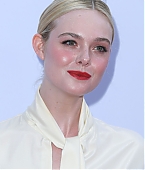
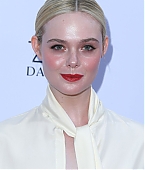








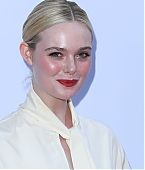



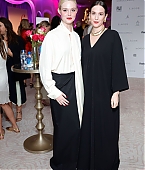
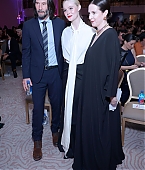



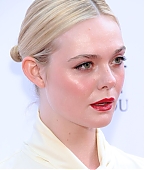


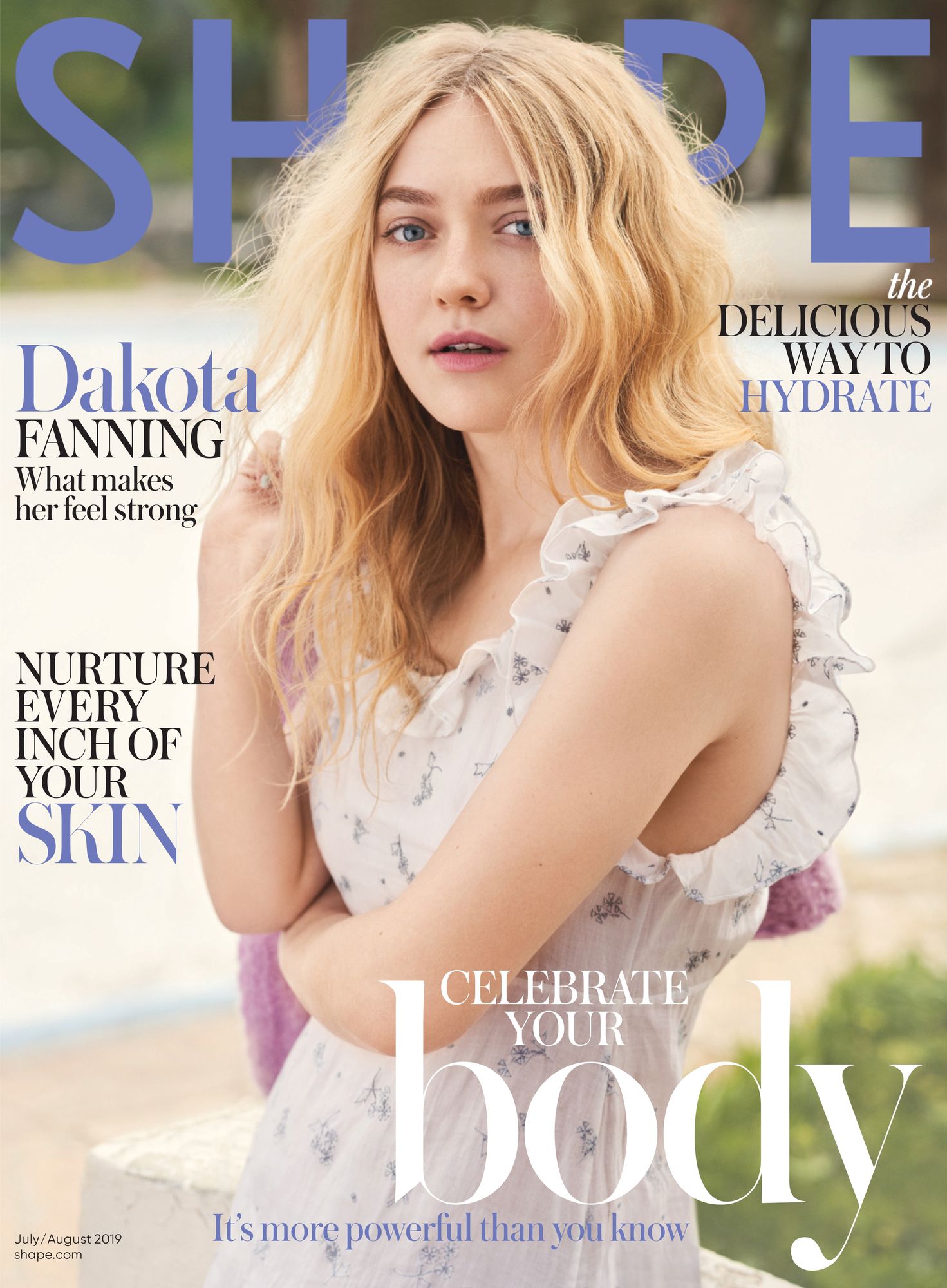





You must be logged in to post a comment.